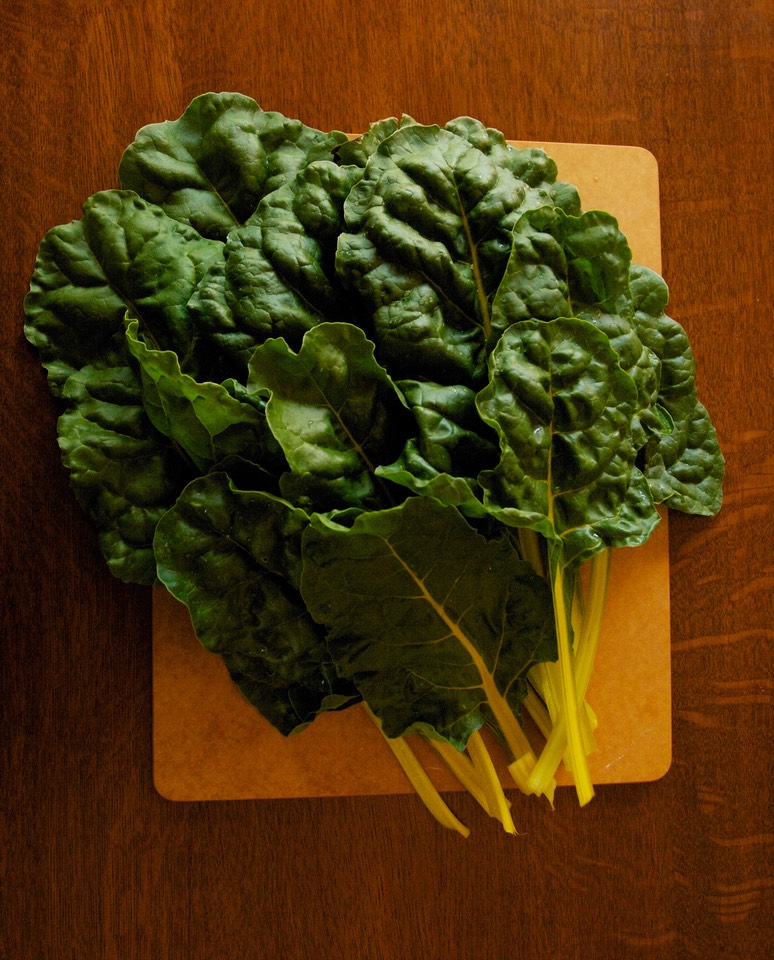
A little more than 6 ounces of Chard will provide you with more than twice your daily requirement of Vitamin A, seven times the requirement of Vitamin K (if you have clotting problems - beware), and half of your Vitamin C requirement. It is also high in various minerals, dietary fiber, and protein. Quite impressive for something that can taste so good.
One of my favorite recipes involves sautéing Chard with butter, olive oil, minced garlic, red onion (you can use yellow onion as well but you may wish to wash the diced onion in cold water), white wine, lemon juice, and Parmesan Cheese. Fresh ingredients are best, hopefully the Chard, Garlic, and Onion can come straight from your garden.
Also known as Swiss Chard and in some places seakale beet, mangold, bright lights, silverbeet...
Mangelwurzel, also called mangold, derives from a different stock, unlike Chard its roots are also eaten.
Chard is thought to have originated in Sicily. The term Swiss was added to its name in the 19th century to distinguish it from (French) spinach varieties.
It is a nice cold weather crop and grows well in a greenhouse during the winter.